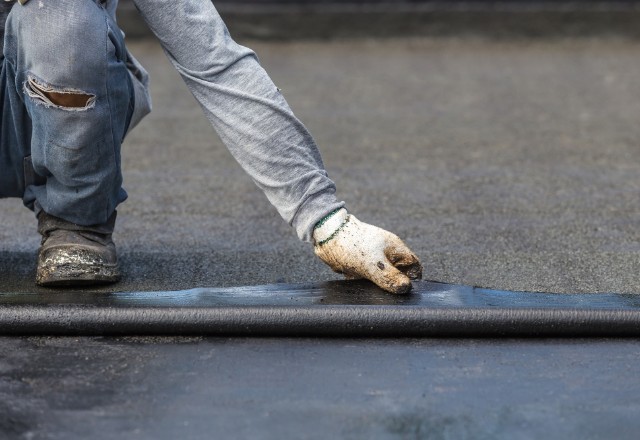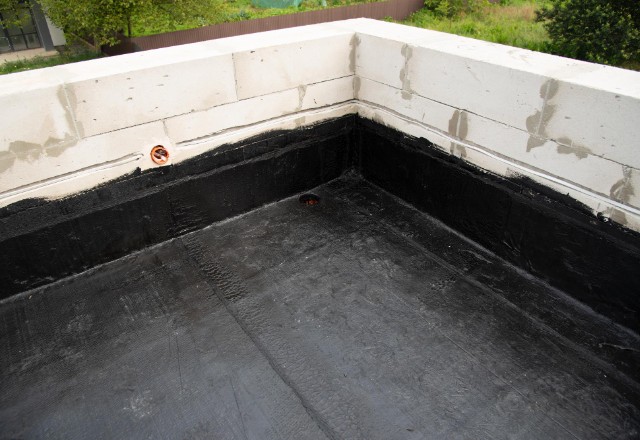Rubber roofs, commonly known as EPDM (ethylene propylene diene terpolymer) roofs, are known for their durability and resilience. On average, a properly installed and maintained rubber roof can last 30 to 50 years. This impressive lifespan offers excellent value for its cost, making it a number one choice for commercial and residential buildings.
Factors Affecting the longevity of a Rubber Roof
Several factors can impact the longevity of a rubber flat roof:
- Installation Quality: Poor installation can lead to issues like leaks and tears, reducing the roof’s lifespan.
- Climate Conditions: Extreme weather conditions, including severe heat, cold, and constant UV exposure, can accelerate aging.
- Maintenance Negligence: Lack of regular maintenance can lead to undetected damages worsening over time.
- Foot Traffic: Frequent walking on the roof can cause wear and tear.
- Ponding Water: Water that remains on the roof for extended periods can degrade the material.
The installation of your rubber roof by a roofing contractor should be conducted to guarantee effective water drainage from the rooftop of the building. This may involve incorporating specific flashing techniques to direct water away from sensitive areas efficiently.

Tips to Extend the Life expectancy of your EPDM roof
To make your rubber roof serve longer, consider these maintenance tips:
- Regular Inspections: Conduct bi-annual inspections and after severe weather conditions.
- Prompt Repairs: Address any damage or wear immediately to prevent further deterioration.
- Clean Regularly: Remove debris from and clear drainage paths to prevent water accumulation.
- Limit Foot Traffic: Minimize walking on the roof surface to avoid unnecessary stress on the material.
- Professional Maintenance: Engage with professional roofing services for thorough check-ups and maintenance.
By understanding the factors affecting rubber roofs and adhering to these maintenance tips, you can ensure a prolonged and efficient life for your roofing system.




 509-201-4190
509-201-4190
